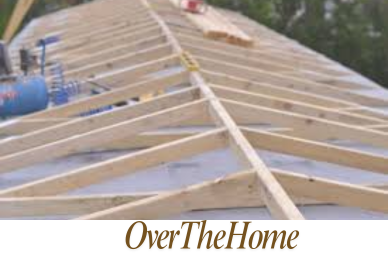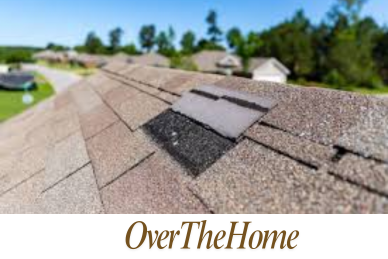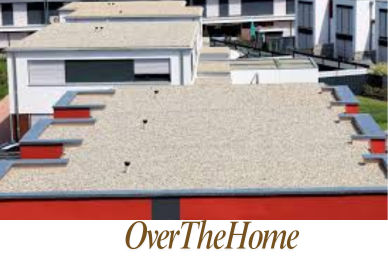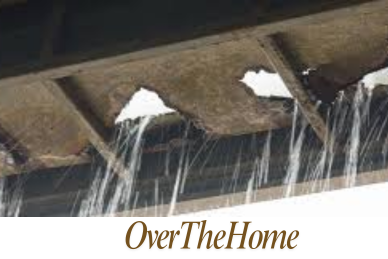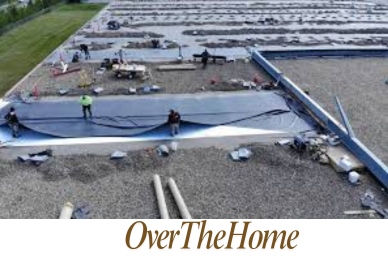How to Repair Metal Roof Leaks?
Metal roofs are known for their durability and longevity, often lasting 40 to 70 years. However, like any roofing system, they are not immune to issues such as leaks. Metal roof leaks are commonly caused by loose screws, rusted panels, failed seams, or damaged flashing. If left unattended, these leaks can lead to structural damage, mold growth, and costly repairs. In this article, we’ll walk through the causes of metal roof leaks, methods to identify them, and effective steps to repair them, ensuring your roof remains leak-free and structurally sound.
Repairing metal roof leaks requires precision and the right materials, but with the correct approach, even a DIYer can manage small leaks. For severe damage or large-scale leaks, it’s advisable to consult a professional roofer.
What Causes Leaks in Metal Roof?
Metal roof leaks often originate from four main sources: fasteners, seams, flashings, and rust. Fasteners can loosen over time, allowing water to seep through. Seams, especially on older roofs, may fail due to thermal expansion and contraction. Flashings around chimneys, vents, and skylights are particularly vulnerable. Rust, which can develop if the protective coating wears off, compromises the integrity of metal panels and creates weak spots that water can penetrate.
Understanding these causes is crucial as it dictates the type of repair approach to use. Whether it’s a small puncture or a deteriorated seam, identifying the root cause ensures a permanent solution.
Step-by-Step Guide to Repairing Metal Roof Leaks
Step 1: Locate the Leak
The first step is to identify the exact location of the leak. Start by inspecting the roof visually during dry weather. Look for telltale signs such as rust spots, water stains, loose screws, or visible gaps at the seams. If the leak is hard to pinpoint, try inspecting the attic during rainfall to trace the water’s path.
In many cases, water travels along the roof deck before dripping, so where you see the water inside might not be the exact location of the exterior leak. Mark any suspect areas with chalk for easy identification later.
Step 2: Clean and Prepare the Affected Area
Once the leak is located, clean the surrounding area thoroughly. Use a wire brush or sandpaper to remove any rust, dirt, or debris. Cleaning is essential because roofing sealants and patches adhere better to smooth, clean surfaces. After cleaning, wipe the area dry with a cloth. For larger areas, a degreasing agent might be necessary to remove stubborn stains or oils.
Proper surface preparation is key to ensuring the repair material bonds securely to the metal, preventing future leaks.
Step 3: Tighten or Replace Loose Screws
Check all the screws in the leaking area. Loose or missing screws are a common cause of leaks. Tighten any that appear loose using a drill, but be careful not to over-tighten, as this can strip the metal and create a bigger problem. If a screw is missing, replace it with a new one of the same size. It’s best to use neoprene washer screws as the rubber washer provides a watertight seal when properly compressed.
If the hole is enlarged, use a larger diameter screw, or insert a metal roof repair rivet, which provides better stability and reduces the chances of further loosening.
Step 4: Seal Seams and Joints
Seams are vulnerable points on metal roofs. Use a high-quality, silicone-based roof sealant to seal any gaps in the seams or joints. Apply the sealant evenly using a caulking gun, ensuring that the sealant overlaps the edges by at least 1 inch on both sides of the seam. For best results, smooth the sealant with a putty knife to prevent moisture from entering small gaps.
For larger seams, consider using a self-adhesive roofing tape. This tape creates a strong, watertight barrier and is particularly effective for metal roofs with complex seam patterns.
Step 5: Repair Holes and Punctures
If the leak is caused by a hole or puncture, patching is required. Cut a piece of metal patch that is at least 2 inches larger than the hole on all sides. Use roofing screws to fasten the patch to the metal roof, ensuring a tight seal. Next, apply a generous layer of roof sealant around the edges of the patch to prevent water infiltration.
For smaller holes, you can use roof repair putty or butyl tape. Apply the putty over the hole and smooth it out to create a seamless surface. Allow it to cure as per manufacturer instructions before exposing it to heavy rain.
Step 6: Replace Damaged Flashings
If the leak is around a vent, chimney, or skylight, the flashing is likely the culprit. Remove the old flashing carefully without damaging the surrounding shingles or metal panels. Install new flashing and secure it with roofing screws. Apply a thick layer of sealant around the edges to create a watertight barrier.
Flashing repairs are more complex and often require professional expertise, especially if the damage is extensive or if the flashing intersects with multiple roof planes.
Step 7: Apply a Roof Coating for Long-Term Protection
For older metal roofs or roofs with multiple small leaks, applying a roof coating can be an effective long-term solution. Elastomeric coatings or silicone-based coatings form a continuous waterproof membrane over the entire roof surface, sealing minor leaks and preventing rust formation.
Choose a coating compatible with metal roofing and apply it as directed. Typically, a coating should be applied in two layers, allowing the first layer to dry completely before applying the second. This process can extend the life of your roof by up to 10 years.
How Much Does it Cost to Repair Metal Roof Leaks
Repairing a metal roof can range from $200 to $1,500 depending on the extent of the damage, materials used, and labor rates. Minor repairs like replacing screws or sealing small gaps are on the lower end, while large-scale patching or flashing replacement can push costs up. Professional roofers charge an average of $50 to $100 per hour, excluding materials.
For DIY repairs, purchasing sealants, screws, and other materials can cost between $50 to $300. Using a roof coating system for complete sealing will cost an additional $400 to $1,200 for a standard 1,500 sq. ft. roof.
Wrapping Up
Repairing metal roof leaks requires proper identification, the right tools, and an understanding of the roofing system. While minor leaks can be fixed with sealants and patches, more extensive damage may call for professional intervention. With timely repairs and regular maintenance, you can ensure your metal roof remains leak-free for decades. Consider using roof coatings as a preventive measure for long-lasting protection and to reduce the frequency of future repairs.


